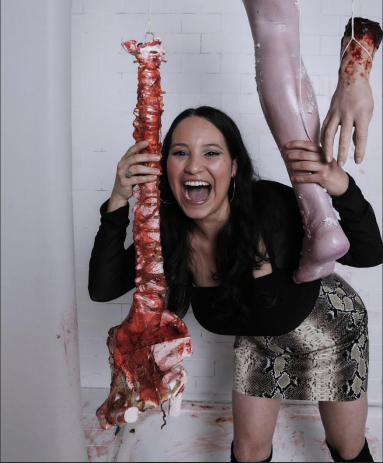30+ Best Period Horror Films
You pick the time period, and this list of historical horror movies will take you there. From the dark medieval ages to the “be kind, please rewind” times of the 1980s and 1990s, we’ve got you covered with the 30+ best period horror films.

There are countless period piece films out there to choose from and numerous that are constantly praised and talked about—dramas, romances, adaptations of classic literature, historical accounts, biographical tales, stories about royalty. What is often overlooked among the cinephile community are historical horror movies, and they certainly merit much more discussion and recognition. A scary movie that transports you back in time to a bygone era alien from our modern world has the power to captivate and haunt you in a special way. There’s something so uniquely gripping about being immersed into a different time, where evil and terror also lurk.

Period horror films vastly differ from one another and come in many subgenres—gothic horror, ghost stories, psychological horror, dark fantasy, and even the good ol’ slasher. They can take you all the way back to the Middle Ages, the Victorian Era, post WWII, and as recent as the last few decades. The possibilities are endless with historical horror.
Cataloged below are the 30+ best period piece horror films. Each entry comes with a compelling narrative and a lavish style which will make you envision yourself in a different time.
The Queen of Spades (1949)
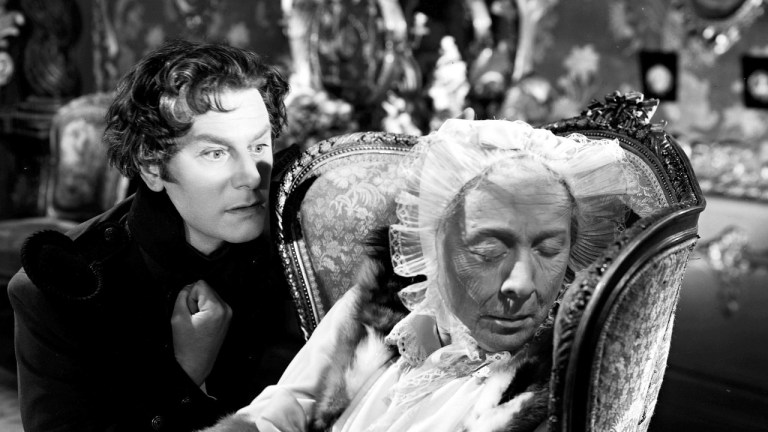
Historical Setting: 1806 in St. Petersburg, Russia
This decadent British film is an absolutely mesmerizing gothic masterpiece. Based on Alexander Pushkin’s 1834 short story of the same name, it centers around Captain Herman Suvorin (Anton Walbrook), a poor army engineer who despises his wealthier fellow military officers and who dreams of one day winning big at Faro. He won’t play until he’s certain he’ll win. After stumbling across a rare book that tells of people who have made deals with the devil, he discovers that a local elderly countess, Ranevskaya (Edith Evans), sold her soul in exchange for learning the winning cards. With this knowledge, she won enough of a fortune to keep herself from ruin. Suvorin becomes obsessed with learning her secret. He’ll stop at nothing—seducing the countess’ innocent young ward Lizaveta (Yvonee Mitchell), risking his life, losing his sanity, giving away his soul.
Black Sunday (1960)
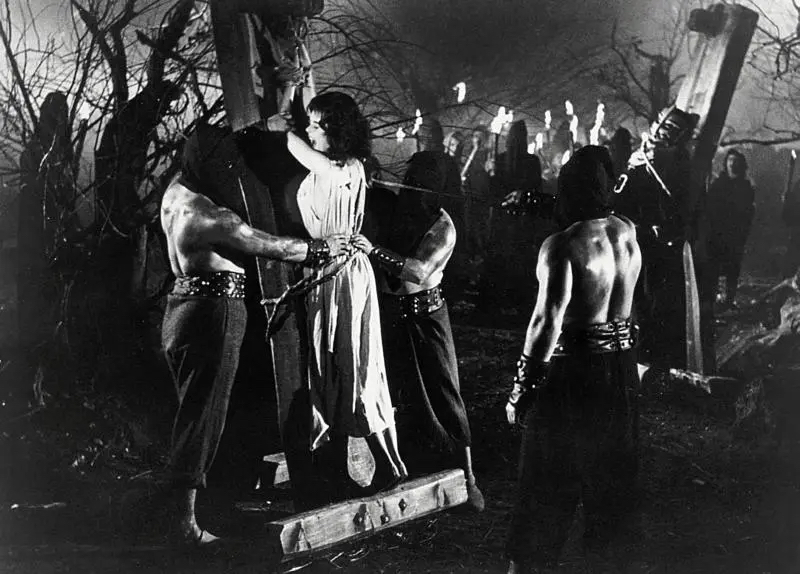
Historical Setting: Begins in 1630s Moldavia then flashes-forward 200 years later to the 19th century
Mario Bava’s gothic film Black Sunday is undeniably one of his best works, arguably his greatest. With stunning cinematography that takes your breath away in black and white and a heavy atmosphere, the movie is a throwback to 1930s and 1940s horror classics. Bava combines B-horror elements, rich symbolism, and an arthouse style. The result is gruesome and beautiful. Barbara Steele stars in a dual role. Asa Vajda, a vampiric witch princess, is sentenced to death for consorting with Satan in the iconic opening scene. The grand inquisitor is none other than her brother, whose lineage she curses before being executed. Two centuries later, she’s accidentally brought back to life, but weak, and is hellbent on exacting revenge on his descendants. Among them Katia Vajda, her look-a-like distant niece, whose lifeforce Asa’s determined to drain.
The Devils (1971)

Historical Setting: A convent in 17th century France
This British nunsploitation horror is one of the most controversial and censored films of all time, due to its sacrilegious imagery, violence, sex, and scathing exposition of the corruption of the Catholic church. The Devils condemns religious fervor, the hypocritical nature of religion as an institution, and those who use faith to gain political power. The movie is an adaptation of Aldous Huxley’s novel The Devils of Loudun (1952) and John Whiting’s 1960 play The Devils, which are both inspired by the real life Loudun possession. It follows Sister Jeanne des Agnes (Vanessa Redgrave), a sexually repressed abbess who’s obsessed with the local popular priest, Urbain Grandier (Oliver Reed). Out of jealousy, she falsely accuses him of witchcraft and devil worship, much to the benefit of the corrupt and power-hungry Cardinal Richelieu (Christopher Logue), who seeks to take Grandier down.
The Picnic at Hanging Rock (1975)
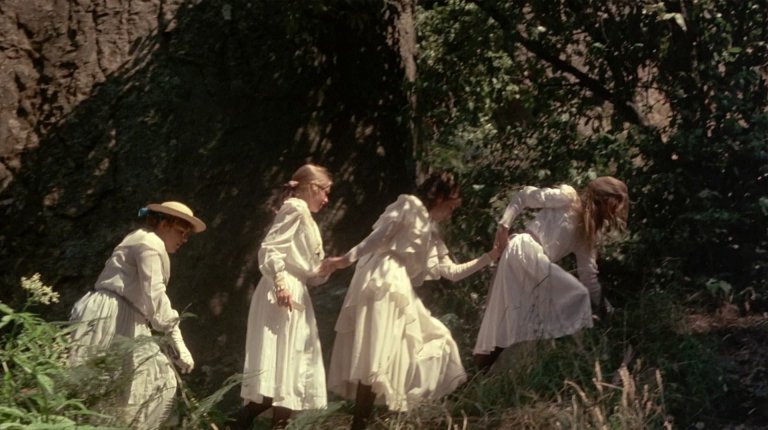
Historical Setting: February 1900 at an all-girls boarding school in the Australian wilderness
Although not technically a horror, this mystery by Peter Weir is often classified under the genre for being one of the eeriest, most unnerving films ever created. There is profound terror found within Picnic At Hanging Rock—in its otherworldly atmosphere that chills to the core and the questions it presents that will eternally remain unanswered. The not knowing inspires a haunting that long stays with the viewer. It all begins on Valentine’s Day when the schoolgirls at Appleyard College embark on a picnic near scenic Hanging rock, led by a couple of teachers. Four students set off for an excursion to climb the Rock, where three fall into a trance and walk into an inner crevice. One returns back to the picnic screaming, where the party has awakened from a nap to find one of the teachers also missing. The rest of the plot follows the aftermath of the disappearances.
The Company of Wolves (1984)

Historical Setting: An 18th century village near a fairytale forest
This coming-of-age horror anthology is loosely based on a short story of the same name found in Angela Carter’s collection The Bloody Chamber (1979). The screenplay was written by Carter and Interview With the Vampire’s Neil Jordan, who directs. The Company of Wolves opens with young teenage Rosaleen (Sarah Patterson) sleeping in the present day. Then, the audience is transported into her dream, in which she and her family live in an 18th century village where a wolf has been terrorizing the community. In this dream, she spends a lot of time with her grandmother who tells her supernatural stories of werewolves and dangerous men. Rich in symbolism, the movie explores sexual awakening, the horrors of puberty, female empowerment, and gender roles.
The Reflecting Skin (1990)
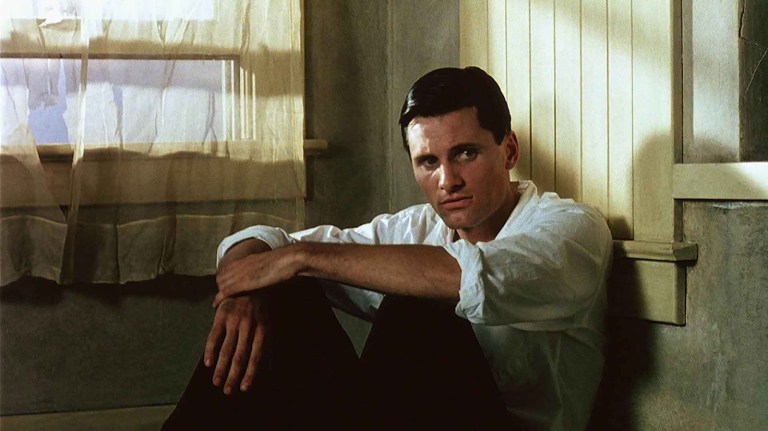
Historical Setting: 1950s rural Idaho
This forgotten arthouse film is a criminally underrated work of art that deserves a wider audience. The tense story teeters between surrealism and gothic horror, never letting up on its brutality. Much like Midsommar, each idyllically beautiful and vibrant scene is stark in contrast to its horrific moments and the undercurrent of hopelessness. Seth Dove (Jeremy Cooper) is an eight-year-old boy who comes to believe his widowed neighbor Dolphin Blue (Lindsay Duncan), the town’s recluse, is a vampire responsible for a number of disappearances in his community. When his older brother Cameron (Viggo Mortensen) comes back from military service, he begins a romantic relationship with Dolphin, much to Seth’s dismay.
The Devil’s Backbone (2001)
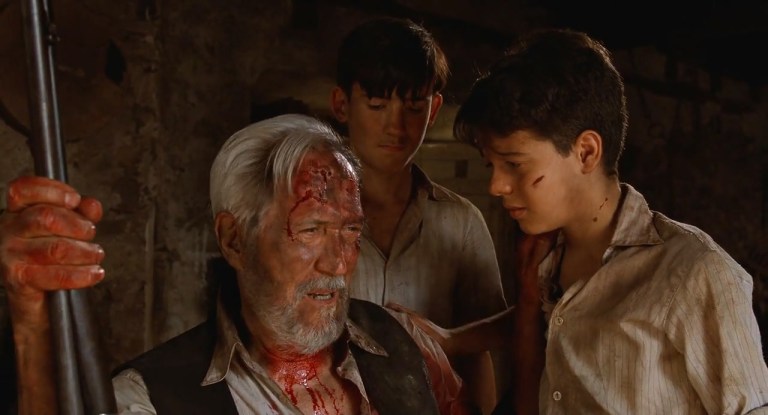
Historical Setting: 1939 during the last week of the Spanish Civil War
The Devil’s Backbone might just be Guillermo del Toro’s masterpiece. This overwhelmingly heartbreaking ghost story is certainly one of his most haunting creations. It gives a poignant portrayal of childhood fractured by war, loss, and regret. The coming-of-age tale follows 12-year-old Carlos (Fernando Tielve) who arrives at an orphanage after his father is killed by the nationalist army. There’s an unexploded bomb embedded in the courtyard and dark secrets within the orphanage’s walls. Carlos soon finds out that there’s also a ghost haunting the place, Santi (Junio Valverde), who is said to have vanished the day the bomb arrived. Carlos sets out to uncover the mystery behind the little boy’s death.
The House of the Devil (2009)
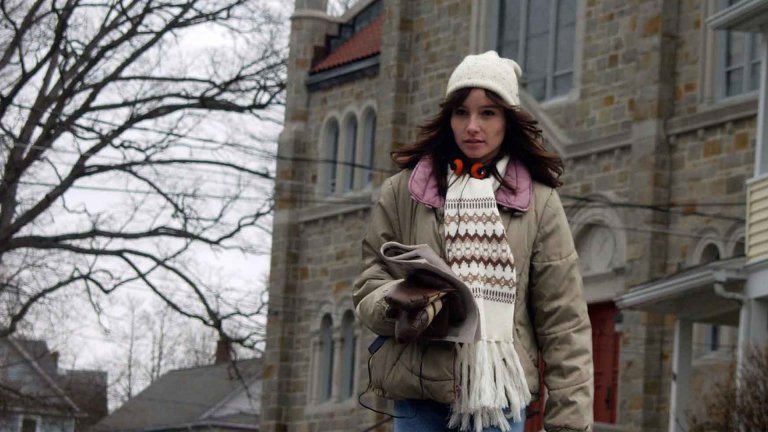
Historical Setting: 1983 during the Satanic Panic in an unnamed college town
The House of the Devil is writer-director Ti West’s homage to 70s and 80s horror movies. Shot entirely on 16mm film and utilizing a retro cinematography, West evokes the era so masterfully that it’s easy to forget the movie isn’t actually a VHS from the 1980s. Everything from the opening credit sequence to the editing and score have a feel from that period. The plot focuses on broke college student Samantha (Jocelin Donahue). Frustrated with her roommate and eager to move out of the dorms, she takes an odd babysitting job on the night of a lunar eclipse. Arriving at an isolated Victorian house in the woods on the outskirts of town, the gig starts feeling more and more shady, but all she can think about is making enough money to put a deposit on an apartment she’s found. Bizarre and terrifying events begin to plague her throughout the night.
The VVitch (2015)
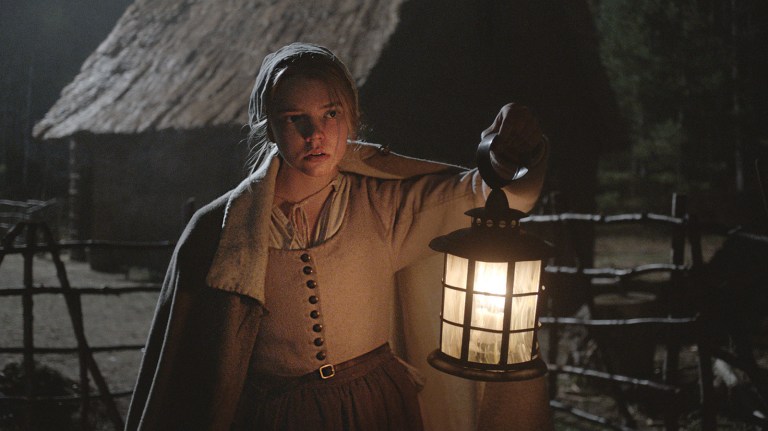
Historical Setting: 1630s New England
With strong attention to detail, Robert Eggers fully immerses the audience into the bleak world of Puritan New England in his folk horror The VVitch. The movie deconstructs Christianity and the idea of a god. Its subversion of the final trope also makes it a feminist tale of empowerment and liberation from patriarchy that will have you saying “good for her.” A devout Christian family is banished from their plantation over a religious dispute between the father and the ruling council. The family leaves town and settles down on the edge of a dark forest. Strange and sinister events begin plaguing them on their new farm—the newborn vanishes, their crops fail, valuables disappear, the young twins talk to a black goat, and there are dark things lurking in the woods. Thomasin (Anya Taylor-Joy), the eldest daughter, is accused of being a witch by her mother and is blamed for the family’s increasing misfortune.
Suspiria (2018)

Historical Setting: Autumn of 1977 in West Berlin
Luca Guadagnino’s reimagining of Dario Argento’s iconic horror of the same name also follows an American dance student named Suzy Bannion (Dakota Johnson) as she tries to make a name for herself at a prestigious German dance academy. Like in the original, the school is secretly run by a coven of witches. The plot may sound the same, but the 2018 rendition is an entirely different story with new themes that merely uses the bones of the 1977 classic. It’s not just the narrative or the characters that differ, but also the style and visuals. Whereas Argento’s Suspiria is a vibrant psychedelic nightmare inspired by Disney’s Snow White and the Seven Dwarves, Guadagnino uses a drably muted color palette befitting of his exploration of Berlin’s tumultuous political climate during the Cold War. The 2018 Suspiria is a viscerally unnerving experience that makes it a masterpiece along with its predecessor.
Censor (2021)
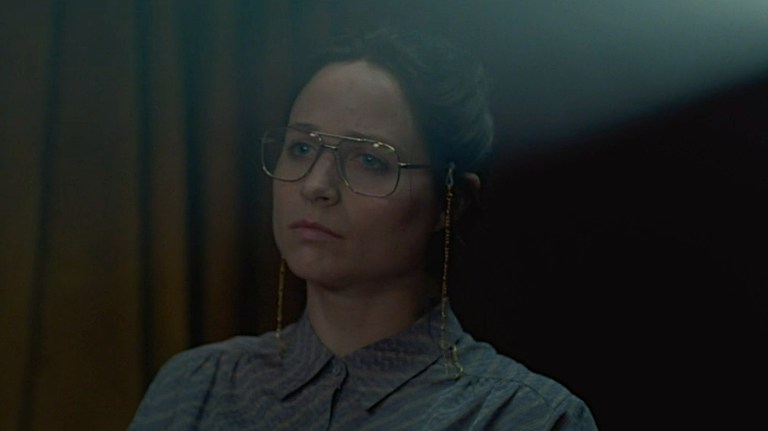
Historical Setting: 1985 during Britain’s censorship of video nasties
Writer-director Prano Bailey-Bond establishes herself as one of the most imaginative talents in the genre with her stylish debut. Shot mostly on 35mm film, with some Super8 and VHS footage, the movie evokes giallo films and a grindhouse aesthetic. The meta arthouse horror explores themes of trauma, guilt, repression, grief, reality, illusion, the nature of violence, and horror cinema itself. Censor revolves around Enid Barnes (Niamh Alger), a film censor who comes across a video at work that echoes cloudy childhood memories surrounding her sister’s disappearance. Her parents have just had her declared legally dead, but as Enid explores further, she becomes sure that her sister is still alive. Soon, the violence of the movies she reviews begins to leak into her world.
Fear Street Trilogy (2022)
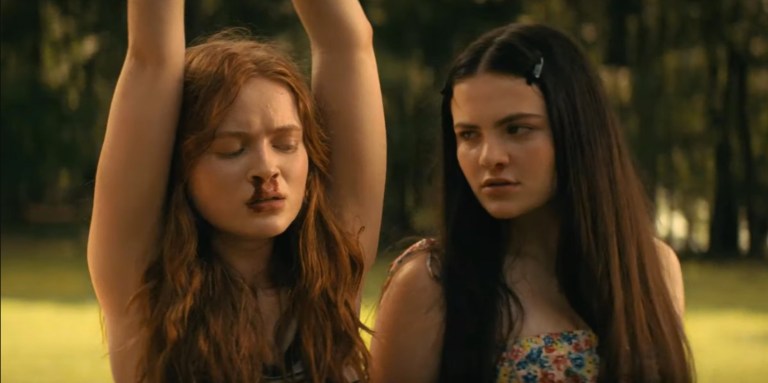
Historical Setting: 1994, 1978, and 1666
Fear Street Part One: 1994 follows a group of teens who must take on an evil and mysterious force that has plagued their town of Shadyside for centuries periodically sparking murder sprees. Fear Street Part Two: 1978 travels back in time to a summer camp to the last series of slayings. In Fear Street Part Three:1666, the teens learn the origin of the curse and what they must do to stop it and save their town. The trilogy functions as a magnificently fun throwback slasher, delivering on gore and violence. It’s campy, yet profound in emotion and meaning—truly one of the greatest modern trilogies.
The First Omen (2024)
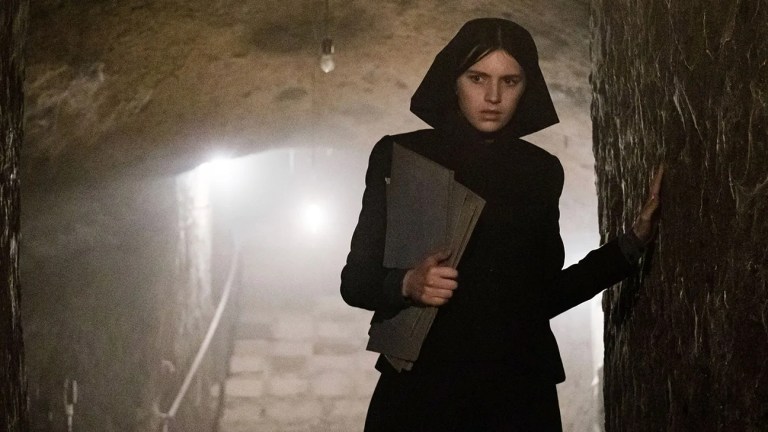
Historical Setting: 1971 in Rome, Italy
Many fans were hesitant when news broke about a prequel to The Omen (1976), but the film is one the finest horrors in recent times, and it works great as a standalone film. Co-writer and director Arkasha Stevenson delivers a magnificently crafted feature directorial debut that captures the feeling of 1970s horror cinema. Aaron Morton’s elegant cinematography also deserves all the accolades for transporting the audience to a bygone era. Nell Tiger Free gives an absolutely electrifying performance as Margaret, a devout young American woman who arrives at a convent in Rome, where she will be taking her vows—and where she uncovers a dark conspiracy to bring about the birth of the antichrist. The movie explores the corruption of the Catholic Church, sexual abuse within the Church, bodily autonomy, the oppressive nature of patriarchal systems, power, and faith.
More historical period horror films…
Onibaba (1964) set during a civil war in mid-14th century Japan. This gorgeous and haunting atmospheric tale follows a woman and her daughter-in-law who kill samurai and sell their belongings for survival. When a man comes between them, one uses a mask from a dead samurai against her.
Alucarda (1977) set in a late 19th-century coven run by fanatical nuns. The English-language Mexican masterpiece follows 15-year-old orphan Alucarda (Tina Romero) who develops a profound connection with a newly arrived girl of her age. Their bond unleashes a force of evil that threatens to bring down the convent.
Bram Stoker’s Dracula (1991) begins in 15th century Romania and flashes forward to 19-century England. This movie is based on Bram Stoker’s classic novel and tells the story of Count Dracula (Gary Oldman), who becomes obsessed with his late wife’s look-a-like Mina (Winona Ryder), Jonathan Harker’s fiancée (Keanu Reeves).
The Others (2001) set during post WWII in a remote estate in British Jersey. Nicole Kidman stars as a mother whose children are afflicted by a condition that makes them sensitive to light. After eerie events, the family begins to suspect their house is haunted.
Pan’s Labyrinth (2006) set in 1944 in Spain. This Spanish language horror fantasy written and produced by Guillermo del Toro tells the story of 11-year-old Ofelia (Ivana Baquero), who struggles living with her sadistic stepfather. She becomes drawn to a mysterious world full of magical beings.
Hagazussa: A Heathen’s Curse (2017) takes place in a remote village in the Alps during the 15th century. It tells the story of a young goatherd who lives shunned and isolated in a mountain hut. She strikes up an uneasy friendship with a villager and begins to feel a dark presence in the woods.
The Wind (2018) set in the 19th-century American frontier. The Wind is a Western gothic horror about a resourceful frontierswoman living in isolation who encounters a sinister presence in the desolate land.
The Nightingale (2018) has a historical setting of 1825 Tasmania. Directed by Jennifer Kent, the movie follow Clare (Aisling Franciosis), a woman raped by a British Liutenant and forced to watch as her family is murdered. She teams up with Billy (Baykali Ganambarr), an Aboriginal man with his own motives, to get revenge.
The Lighthouse (2019) set on a remote New England island during the 1890s. A pair of lighthouse keepers struggle to maintain their sanity.
All the Moons (2020) set in the 19th century during the last days of the Carlist Wars. This Basque-language horror fantasy tells the story of a little girl who is injured by a bomb and rescued by a mysterious woman who lives in the forest.
History of the Occult (2020) the historical setting is 1980s Argentina. This movie is presented as the final episode of a fictional Argentine TV news program, 60 Minutes Before Midnight, during which the host exposes the government’s ties with an obscure secret society.
The Green Knight (2021) set during the 14th century. The Green Knight is based on the medieval Arthurian legend. King Arthur’s reckless nephew, Sir Gawain (Dev Patel), embarks on a quest to confront the Green Knight.
You Won’t Be Alone (2022) takes place in 19th century rural Macedonia. A witch, particularly a wolf-eateress, turns a young girl into a shapeshifting witch herself.
Prey (2022) set in the Northern Great Plains in 1719. The prequel to the first four films in the Predator franchise follows Naru (Amber Midthunder), a skilled Comanche warrior who fights to protect her people against a Predator that lands on Earth.
X (2022) Ti West’s arthouse slasher is set on a Texas ranch in 1979. A cast and crew rent the guesthouse of a homicidal elderly couple to shoot a pornographic film.
Pearl (2022) set in 1918, almost 60 years before the carnage of X, Pearl tells the origin story of the villain from the first film.
Further reading:
